Canadian Provinces & Territories
Canada is the second largest country in the world, but only has a population of 41 million people (23% of whom are immigrants), so there is plenty of room for newcomers!
This vast country stretches from the Atlantic Ocean to the Pacific Ocean and is also bordered by the United States to the south (the world’s longest land border) and the Arctic region in the north.
Canada is divided into 10 provinces and 3 territories which are located above the provinces.
The 10 Canadian provinces are: Alberta, British Columbia, Manitoba, New Brunswick, Newfoundland & Labrador, Nova Scotia, Ontario, Prince Edward Island, Quebec, and Saskatchewan.
Canada’s three territories are: Yukon, Northwest Territories, and Nunavut.
The Canadian Visa Expert team can evaluate your best option to live and work in Canada!
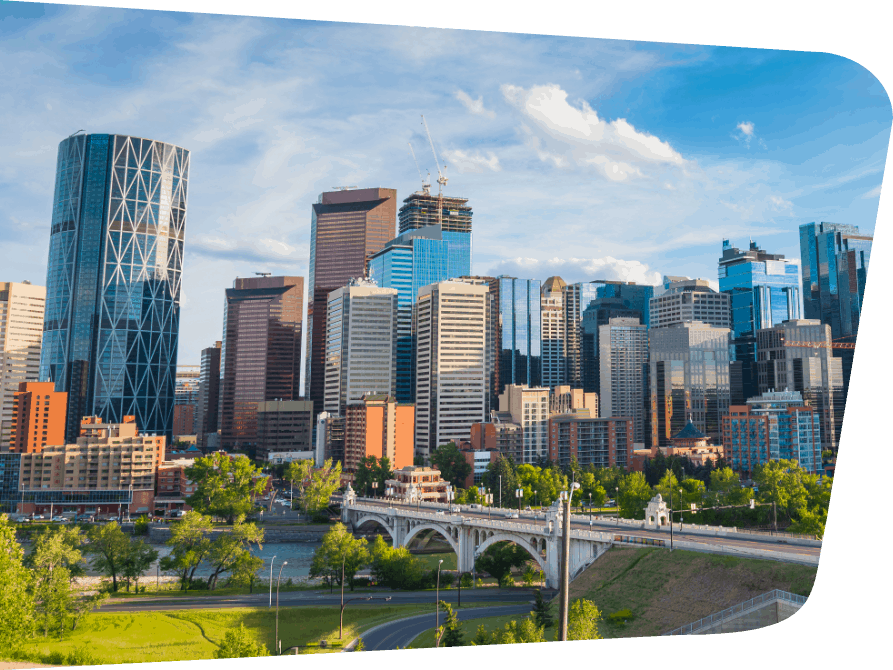
Alberta
Alberta is one of the three “Prairie Provinces” and is located in western Canada, bordered by British Columbia to the west, Saskatchewan to the east, Northwest Territories to the north and the U.S. state of Montana to the south.
There are 4.4 million people living in Alberta, most of whom reside in the province’s largest city, Calgary (population 1.6 million), and the provincial capital, Edmonton (population 1.5 million).
Alberta has a strong economy with the oil and gas industry, agriculture, technology and tourism being among the top business sectors. For more information on Alberta immigration, click here!
British Columbia
British Columbia is situated in western Canada along the Pacific Coast, bordered by Alberta to the east, Yukon Territory and Northwest Territories to the north, the Pacific Ocean and U.S. state of Alaska to the west, and the U.S. states of Montana, Idaho and Washington to the south.
The population of British Columbia is approximately 5.1 million people and its largest cities are Vancouver (population 2.6 million) and the provincial capital Victoria (population 390,000 in the metro area).
The largest business sectors include: real estate; wholesale and retail trade; construction; manufacturing; healthcare; transportation and warehousing; professional, scientific and technical services; finance; natural resources; public administration; and education. For more information on British columbia immigration, click here!
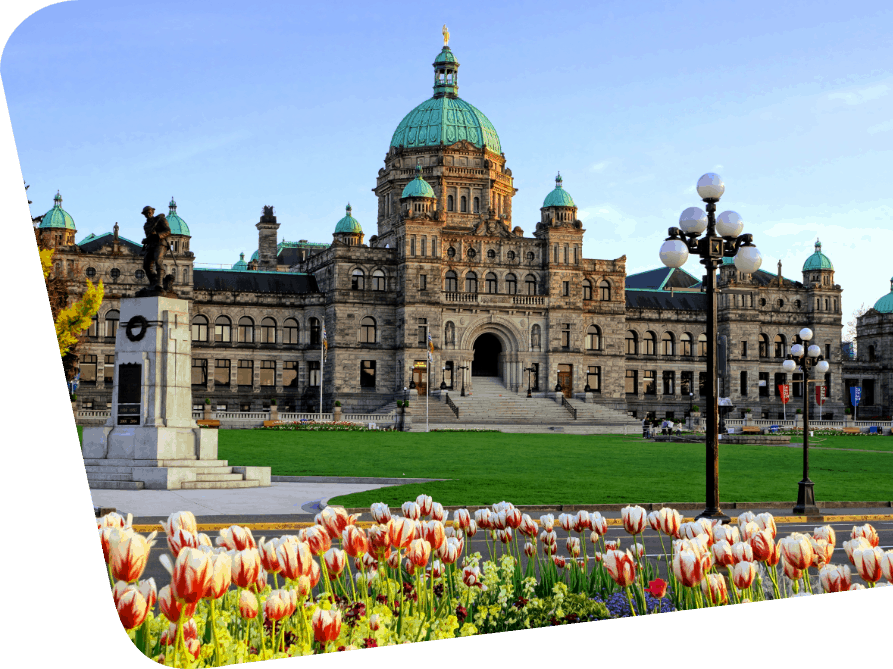
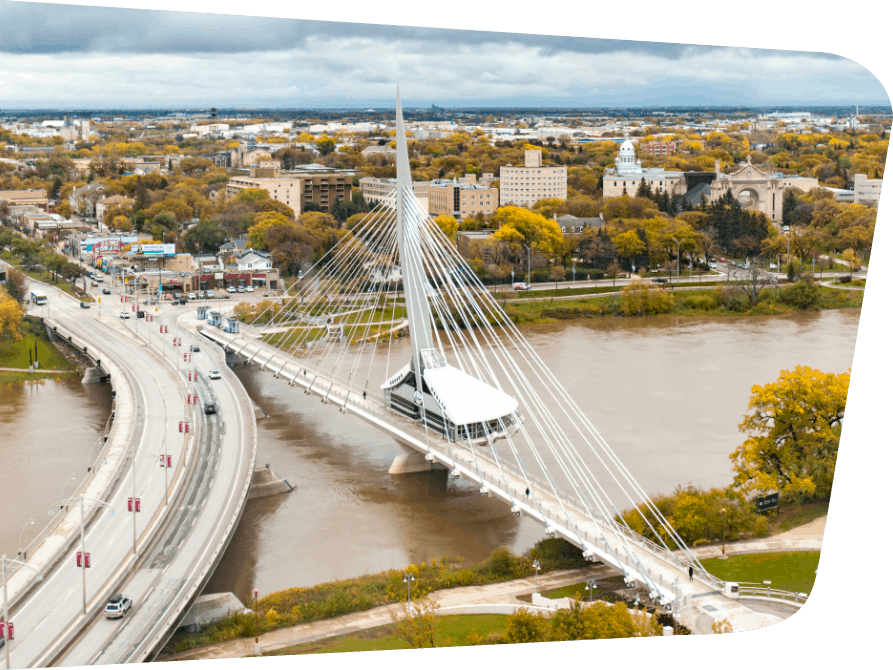
Manitoba
Manitoba is one of the three “Prairie Provinces” and is located in south-central Canada, east of Saskatchewan, west of Ontario, south of Nunavut Territory, and north of the U.S. states of Minnesota and North Dakota.
There are about 1.3 million people living in Manitoba, most of whom reside in Winnipeg (population 825,000), the provincial capital and largest city.
The top business sectors in Manitoba include: agriculture, energy, forestry, mining, manufacturing, transportation, and tourism. For more information on Manitoba immigration, click here!
New Brunswick
New Brunswick is one of the four Atlantic Provinces and is located in eastern Canada, south of Quebec and the St. Lawrence River, northwest of Nova Scotia, west of Prince Edward Island, and northeast of the U.S. state of Maine.
There are approximately 782,000 people living in New Brunswick, including around 126,000 in the greater Moncton area, 122,000 in the Saint John metro area, and 85,000 in and around Fredericton (the provincial capital).
The top business sectors in New Brunswick include: construction, manufacturing, healthcare, trades, transportation, shipbuilding, forestry and agriculture. To For more information on New Brunswick immigration, click here!
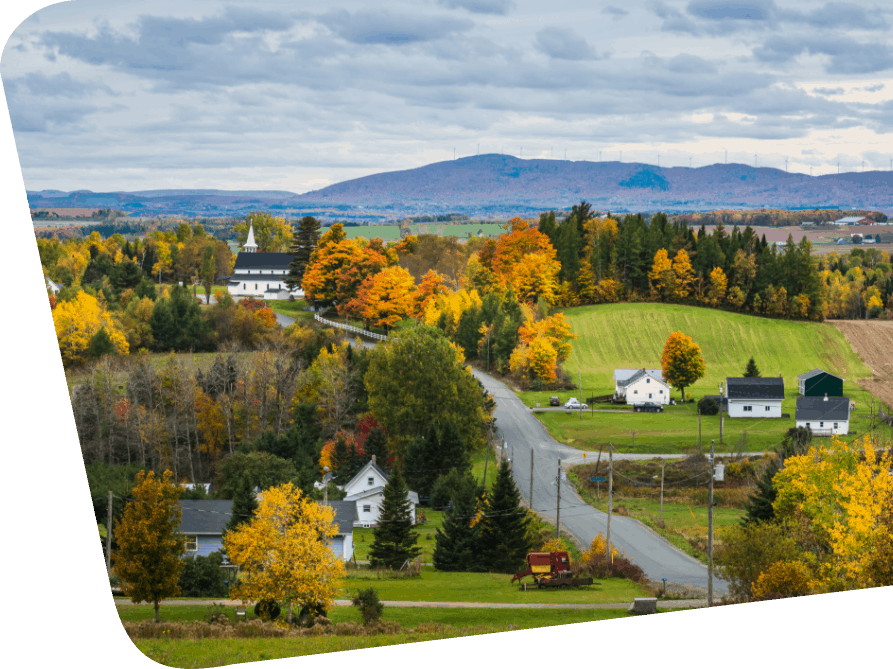
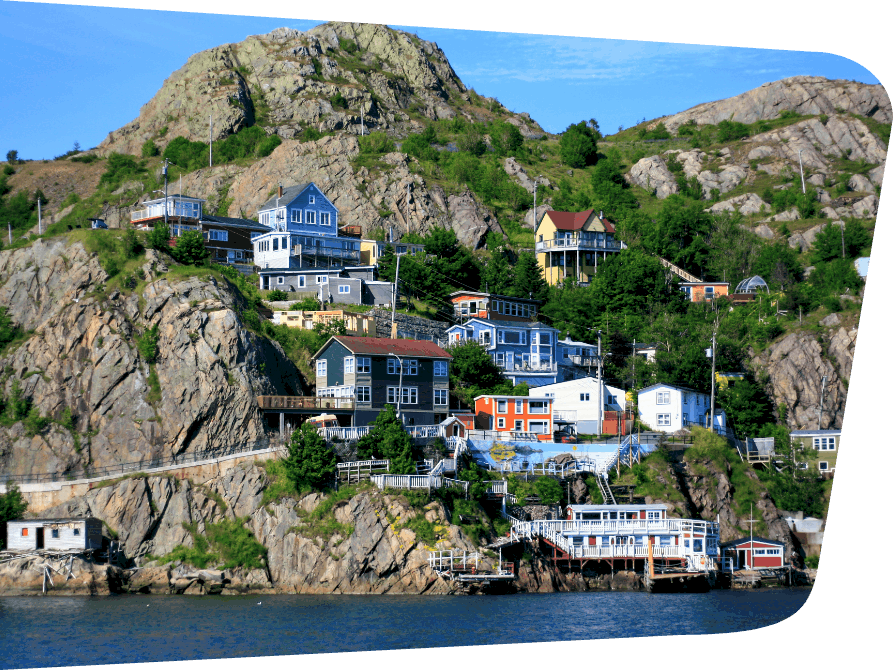
Newfoundland & Labrador
Newfoundland & Labrador is another Atlantic Province located in eastern Canada, east of Quebec, west of the Atlantic Ocean, north and east of New Brunswick, and south of Nunavut Territory.
Canada’s most eastern province is divided into the large island of Newfoundland and also Labrador which is on the mainland, as well as around 7,000 small islands.
There are approximately 520,000 people living in Newfoundland and Labrador, including around 108,000 who reside in St. John’s, the provincial capital and largest city, which is situated on the eastern coast of Newfoundland. For more information on Newfoundland & Labrador immigration, click here!
Northwest Territories
Northwest Territories is one of three Canadian territories found north of Canada’s provinces, bordered by Yukon Territory on the west; Nunavut Territory on the east; Saskatchewan, Alberta and British Columbia to the south; and the Arctic Ocean to the north.
There are only about 45,000 people living in Northwest Territories, including around 20,000 residents living in Yellowknife, the territorial capital and largest city.
The top business sectors include mining, oil and gas, and tourism. For more information on Northwest Territories immigration, click here!
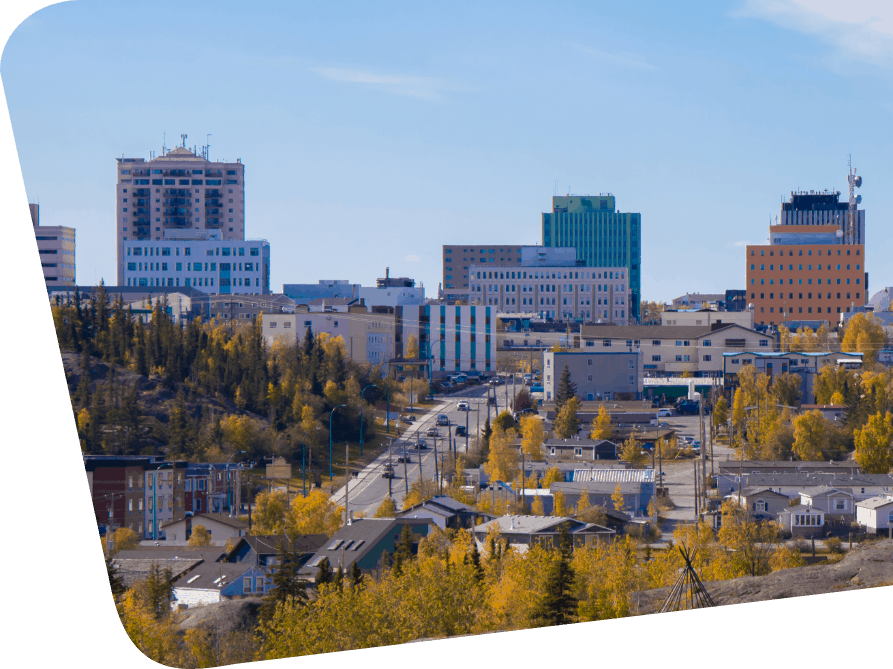
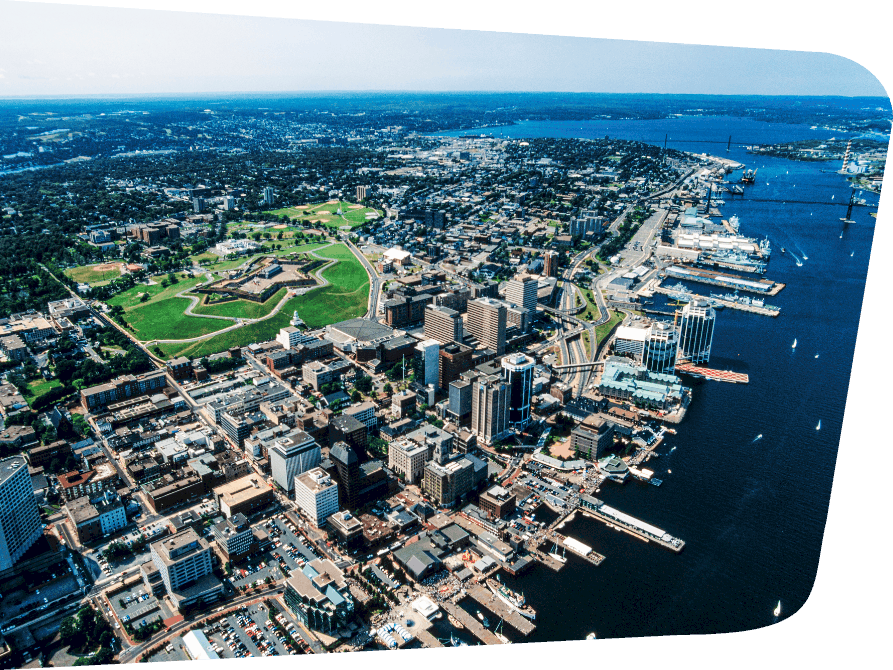
Nova Scotia
Nova Scotia is one of the four Atlantic Provinces and is located south of Prince Edward Island and New Brunswick, southwest of Newfoundland and Labrador, east of the U.S. state of Maine, and is surrounded by the Atlantic Ocean.
There are around 979,000 people living in Nova Scotia, including about 414,000 who reside in Halifax, the provincial capital and largest city.
The top business sectors include forestry, agriculture and fishing. For more information on Nova Scotia immigration, click here!
Nunavut
Nunavut is the northernmost, largest and newest of the three Canadian territories, located north of Northwest Territories, Manitoba, Ontario, and Quebec; and bordering the Arctic Ocean.
There are only about 39,400 people living in Nunavut, including about 7,740 who reside in Iqaluit, the territorial capital and largest town which is only accessible by boat or plane if the weather permits. For more information on Nunavut immigration, click here!
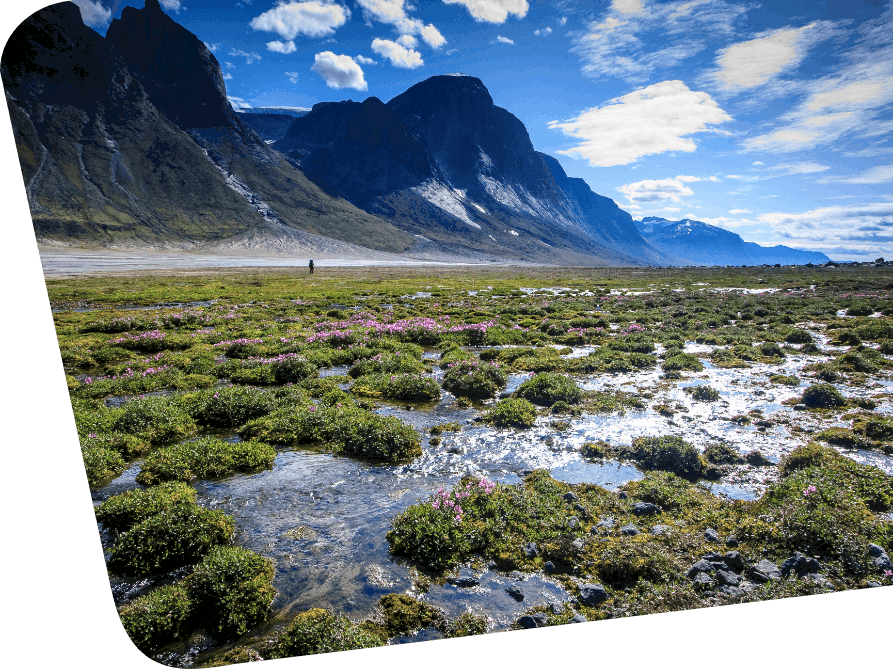
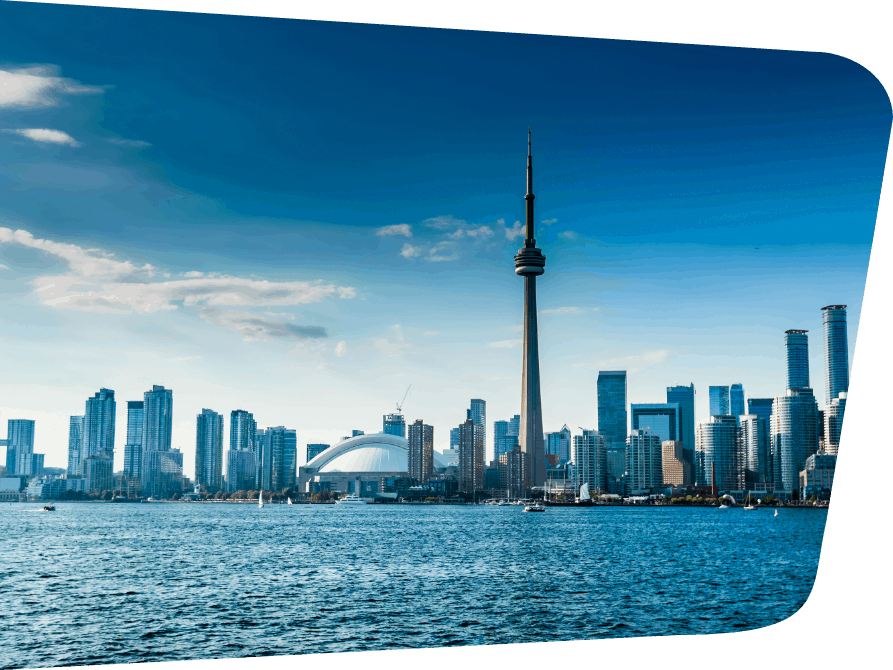
Ontario
Ontario is located in south-central Canada, bordered by Quebec to the east; Manitoba to the west; Hudson Bay to the north; and the U.S. states of New York, Pennsylvania, Ohio, Michigan, and Minnesota to the south.
There are approximately 14 million people living in Ontario, including about 6.25 million people who live in the Greater Toronto Area, a large percentage of whom are immigrants.
If you would like to live in Toronto or elsewhere in this incredible country, the authorized immigration consultants who work with Canadian Visa Expert can provide you with an eligibility assessment of your best option to live and work in Canada.
Ontario has Canada’s largest economy, with the top business sectors including: high tech, manufacturing, forestry, energy, agriculture, construction and mining. For more information on Ontario immigration, click here!
Prince Edward Island
Prince Edward Island is the smallest province in Canada and is located in the Gulf of Saint Lawrence, north of Nova Scotia, east of New Brunswick, and southwest of Newfoundland & Labrador.
This little province is truly gorgeous, with its rolling hills, scenic lakes, 26 golf courses, picturesque little towns, delightful lighthouses, and pine trees that come right up to the spectacular seacoast.
Whether you want to immigrate to Canada’s smallest province, largest province or somewhere in-between, the authorized immigration consultants who work with Canadian Visa Expert are ready to help!
There are around 159,800 people living on Prince Edward Island, including about 39,000 residents of Charlottetown, the provincial capital and largest city.
The top business sectors include agriculture, fisheries and tourism. For more information on Prince Edward Island immigration , click here!
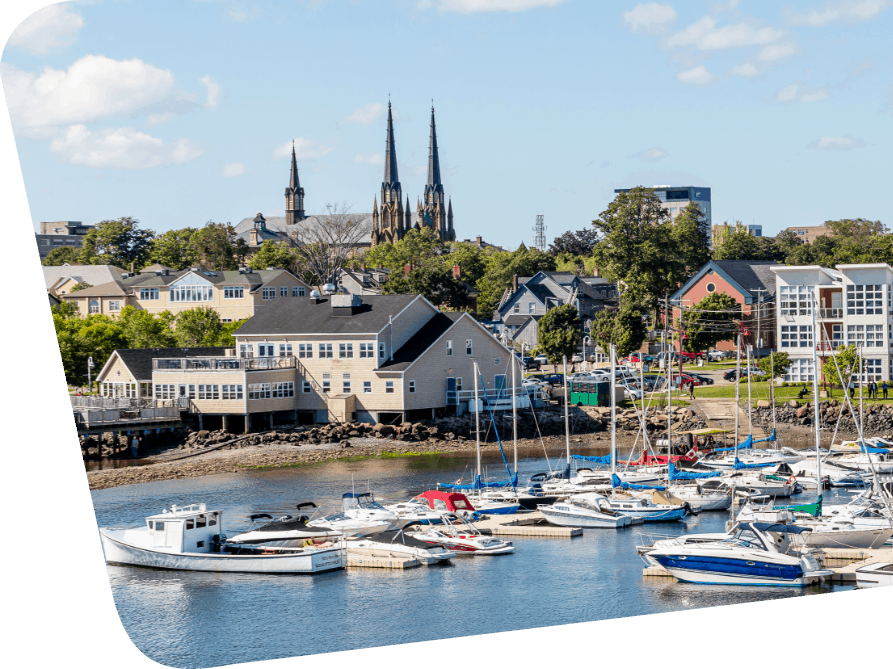
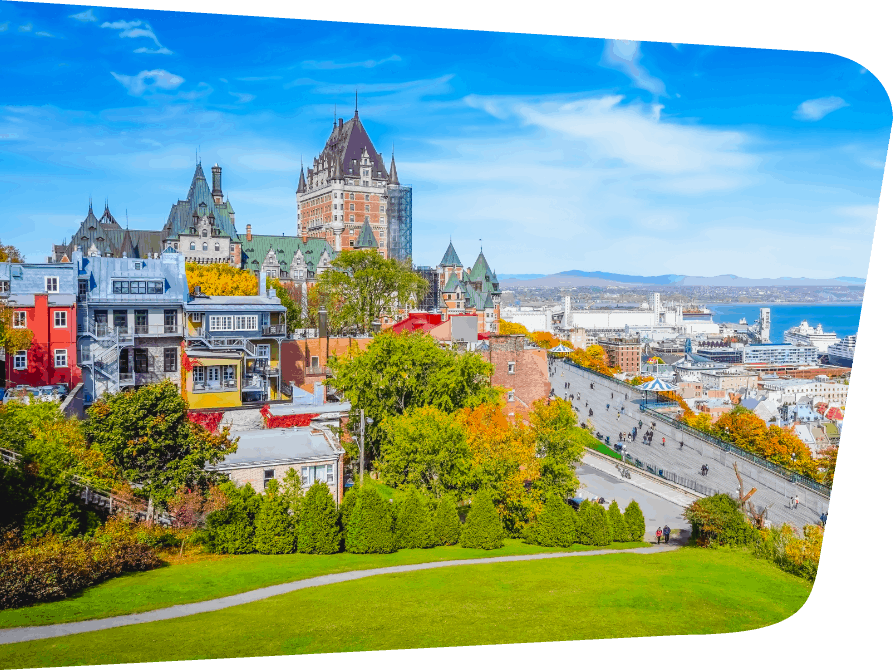
Quebec
The mostly French-speaking province of Quebec is located in eastern Canada between Ontario to the west; New Brunswick and Newfoundland & Labrador to the east; and with the U.S. states of Maine, New Hampshire, New York and Vermont to the south.
There are about 8.4 million people living in Quebec, making it the second most-populous province, including around 4.2 million residents of the Montreal metro area.
Quebec is the biggest province in Canada and it has the second largest economy, with key business sectors including manufacturing, aerospace, information technology, forestry, and agriculture.
If you want to live and work in Quebec or another province or territory, Canadian Visa Expert has representatives who speak English and French to assist you. For more information on Quebec immigration, click here!
Saskatchewan
Saskatchewan is of one of the three “Prairie Provinces” and is located in the southwestern section of Canada, west of Manitoba; east of Alberta; south of Northwest Territories; and north of the U.S. states of Montana and North Dakota.
There are about 1.8 million people living in Saskatchewan, including around 331,000 in the Saskatoon metro area (the largest city) and approximately 214,000 residents in greater Regina (the provincial capital).
The top business sectors include: mining; finance; insurance; real estate; education; healthcare; agriculture, livestock, forestry and fishing; construction; oil and gas. For more information on Saskatchewan immigration, click here!
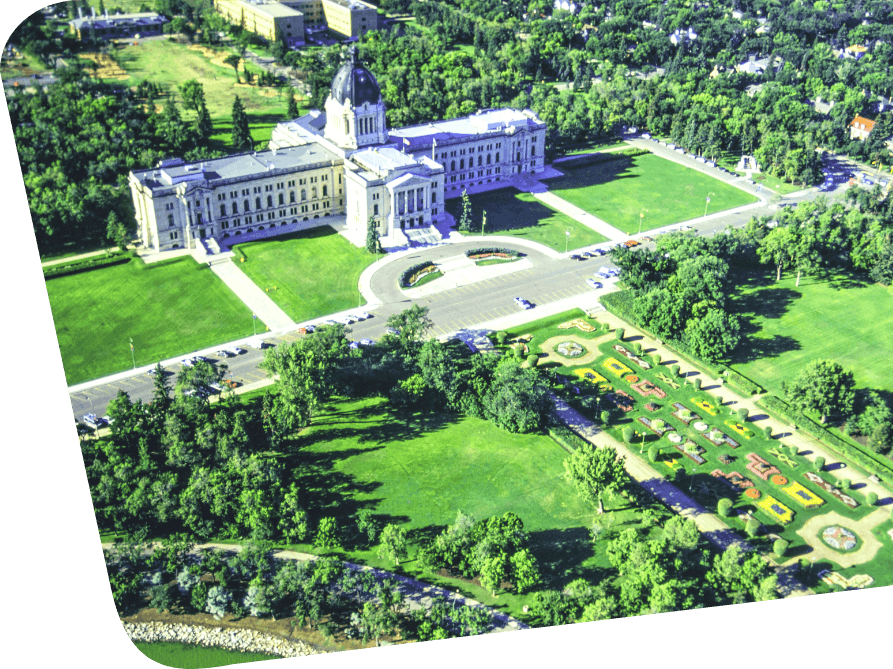
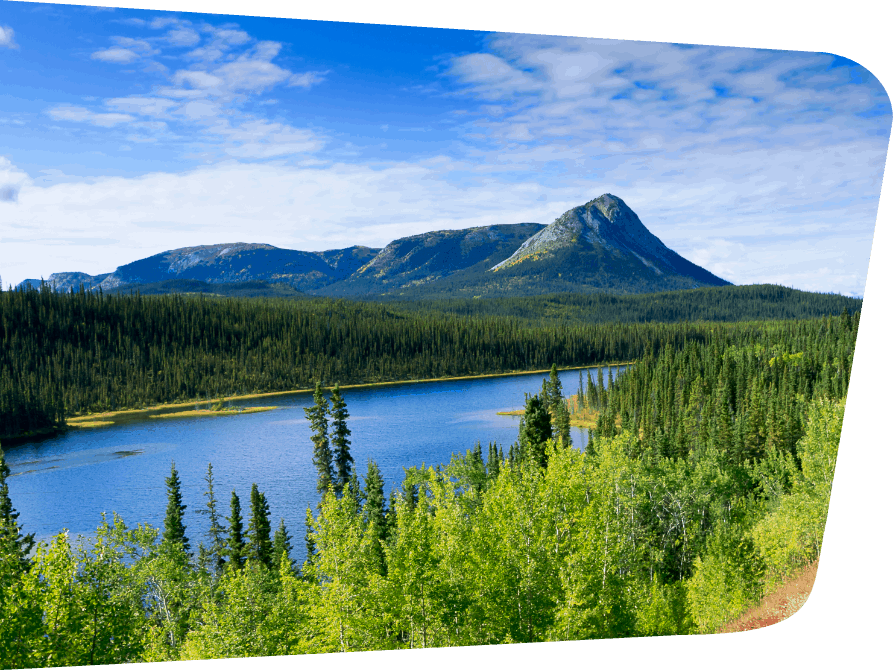
Yukon
Yukon is one of three territories and is located in northwestern Canada north of British Columbia, west of Northwest Territories, east of the U.S. state of Alaska, and south of the Arctic Ocean.
There are approximately 42,000 people living in Yukon, including around 25,000 residents of Whitehorse, the largest city and provincial capital.
The top business sectors in Yukon include mining, government and public administration, trade, goods producing, and tourism. For more information on Yukon immigration, click here!
DISCLAIMER: This guide is not and shall not be considered as professional or expert advice.
